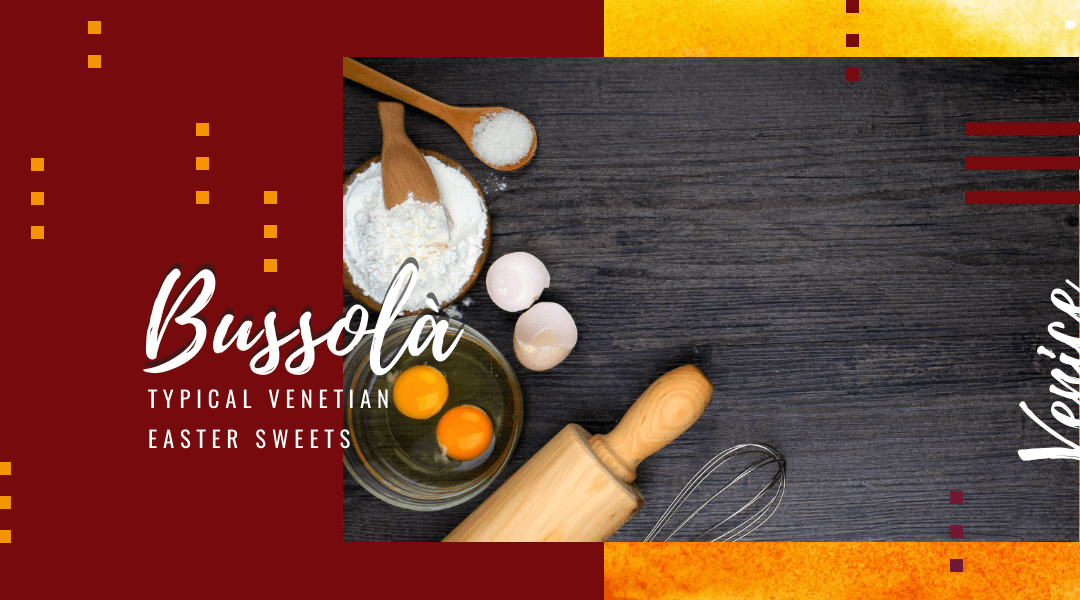What are the typical Venetian Easter cakes? Find out in our article.
The cuisine of the Serenissima has created over time delicious dishes in which the poor ingredients of the hinterland have been mixed with distant products; the 40 days of penance and fasting that Christianity preached to the faithful before Easter gave way to hunger and new ideas.
Leaving behind the lucid madness, the colors, the lights, the sounds and the masks that invaded Venice during the Carnival period, the lagoon city is preparing to welcome tourists and the curious even during the period of Lent and at Easter.
Suspended between past and modernity, Venice offers its guests an absolutely unique scenographic context on the world scene; art, culture, folklore and culinary tradition are different sides of the same coin. If you want to get to know the Venetian territory in depth, it will not be enough to visit its many beauties, give yourself a culinary experience all round: we recommend this food and wine tour that will leave you very satisfied.
At Easter, desserts fill the tables with wonderful aromas; for all those who will be lucky enough to visit the city during this period, trying the typical dish par excellence, the sweet focaccia, is a must.
What are the typical Venetian Easter cakes? The fugassa or focaccia
An old Venetian proverb says: “Xè Pasqua, xè Pasqua, che caro che gò se magna ea fugassa, se beve i cocò” (“It’s Easter, it’s Easter, I’m glad to eat focaccia and drink the eggs.”)
Sweet of ancient tradition born to celebrate weddings, it is mentioned in some documents dating back to the 15th century.
The sweet focaccia changed its recipe over the centuries with the addition of increasingly exotic and special products, such as spices and candied fruit, to become a true symbol of Easter lunch.
It’s a very soft dessert characterized with a luxurious covering of icing and almond.
The preparation of this dessert is very long and complex; only patience and particular skills make the end result a true excellence of the territory.
What are the typical Venetian Easter cakes? The Bussolai
These are Venetian biscuits born as typical Easter cakes, but which today can be found throughout the year.
Nowadays they have a typical S-shape; their name derives from the Venetian “busa” which means “hole” since they were initially circular with a hole in the center.
They are very simple but extremely tasty. The preparation requires few ingredients: flour, butter, brown sugar, eggs, vanilla and a lemon peel.
Not too dietetic, the biscuits are excellent for breakfast because they do not crumble in tea, but they are also perfect as desserts accompanied by a small glass of sweet wine.




